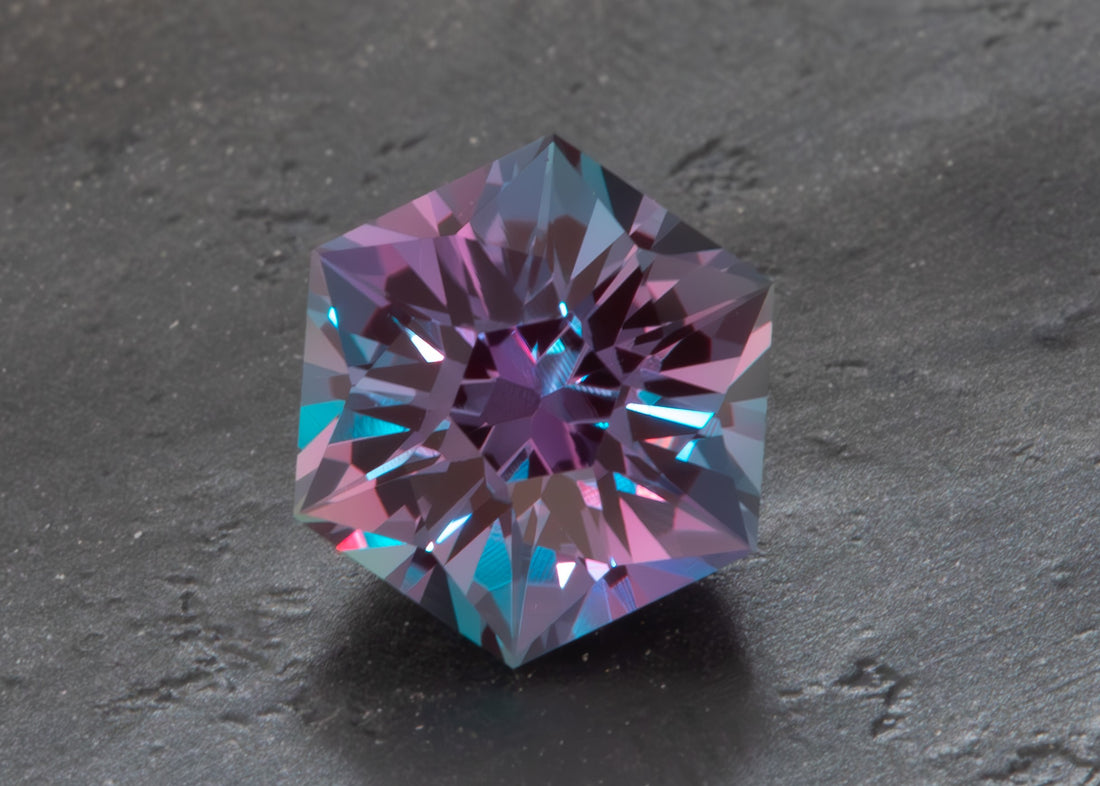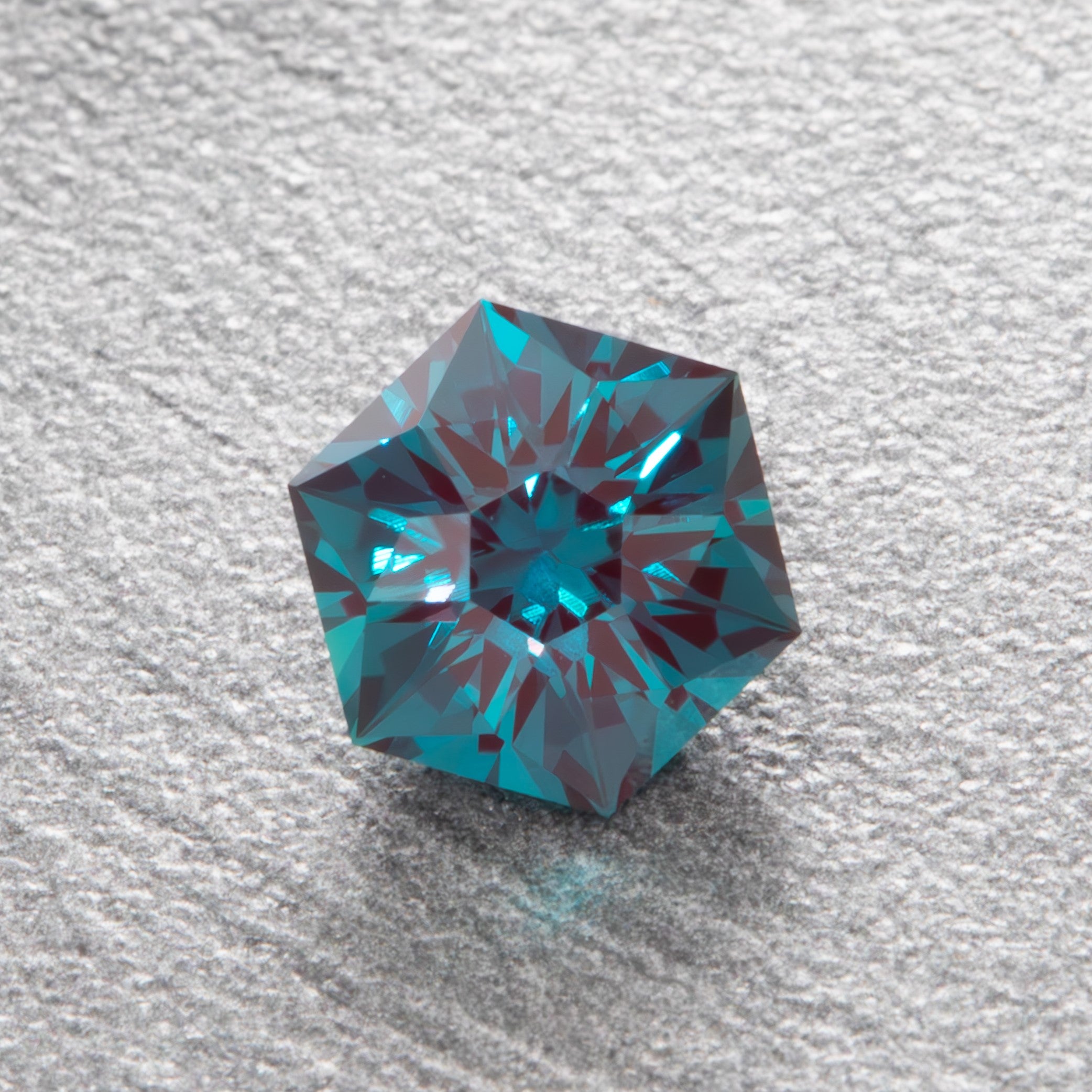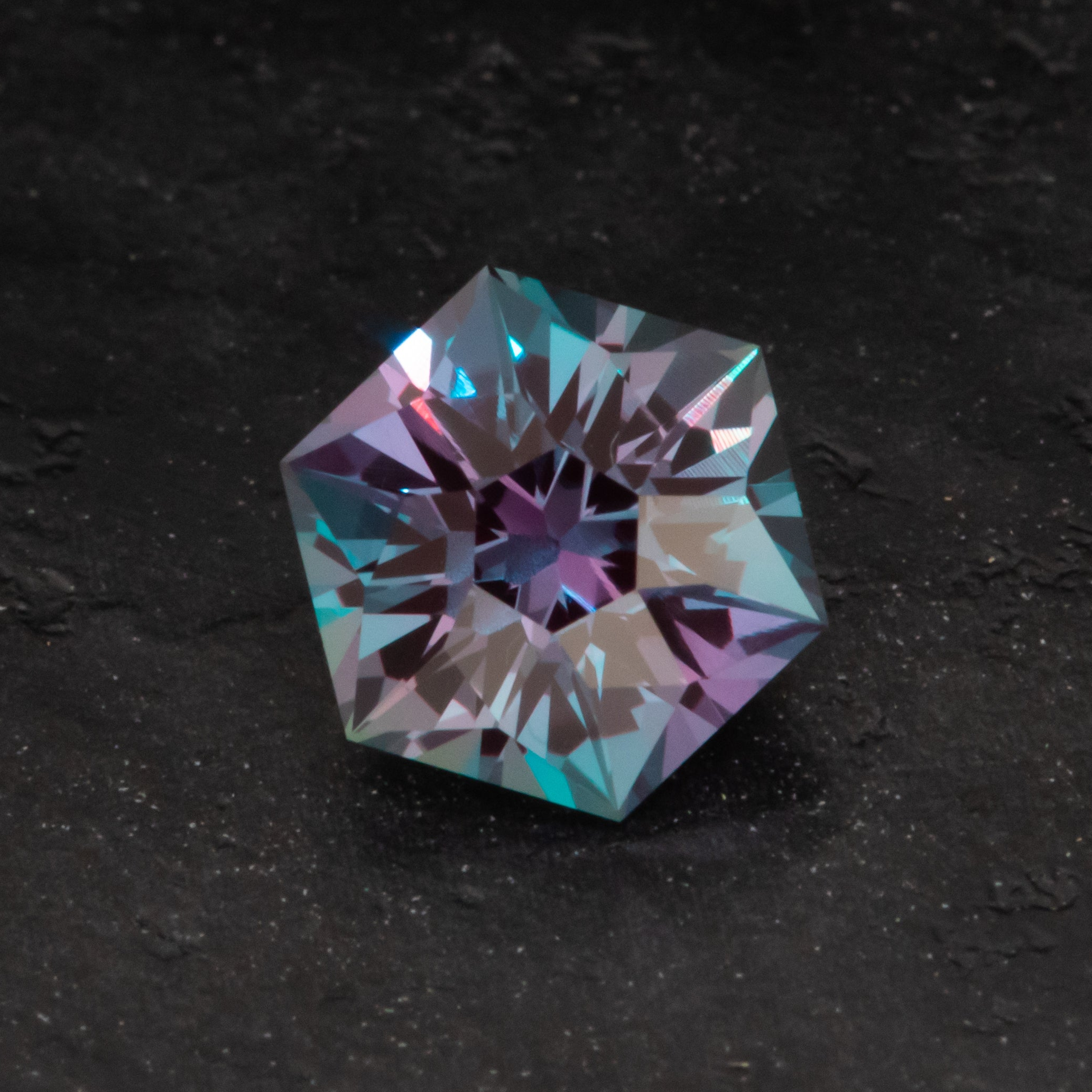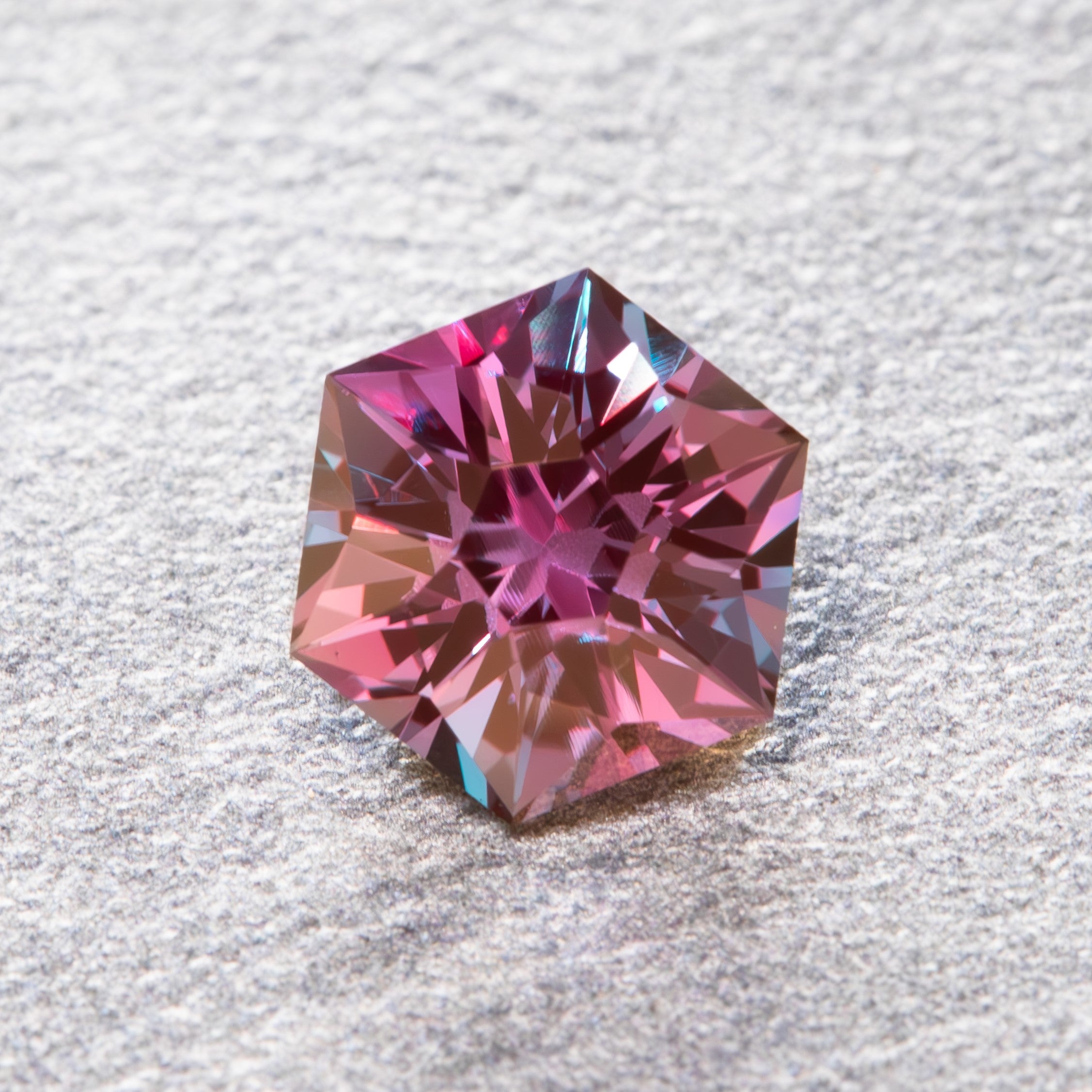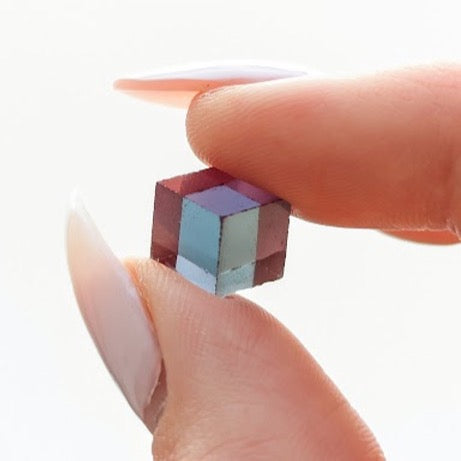8183484022947,
8183484219555,
8183484678307,
8183484350627,
8183484547235,
8183487365283,
8183488053411,
8183484907683,
8183484186787,
8183484874915,
8183487103139,
8183486709923,
8183485661347,
8183487070371,
8183486480547,
8183485300899,
8183486382243,
8183485989027,
8183484285091,
8183486775459,
8183484809379,
8208231301283,
8183487692963,
8233766420643,
8233765044387,
8233764323491,
8233763635363,
8233761800355,
8233757409443,
8183486054563,
8183485759651,
8183485792419,
8183488086179,
8183486939299,
8183484743843,
8183484514467,
8183486349475,
8183485038755,
8183485071523,
8183486120099,
8183487004835,
8183486677155,
8183486873763,
8183486546083,
8183486152867,
8183487955107,
8183486185635,
8183488217251,
8183487824035,
8183487135907,
8716638060707,
8716465078435,
8704216596643,
8703047565475,
8702878220451,
8697155289251,
8695614472355,
8695590551715,
8695572725923,
8695564763299,
8694855139491,
8694836691107,
8692443054243,
8692362674339,
8692266893475,
8685891944611,
8659484704931,
8657657856163,
8648023244963,
8647047413923,
8646976077987,
8640968786083,
8635219738787,
8630860349603,
8614779879587,
8611028238499,
8605325066403,
8578958819491,
8569325650083,
8565363769507,
8559965995171,
8548898439331,
8548781326499,
8535828791459,
8533183660195,
8533058125987,
8510703304867,
8510169874595,
8505376112803,
8504224383139,
8504024531107,
8502125691043,
8487307051171,
8487208911011,
8487196164259,
8486573047971,
8486464913571,
8413170925731,
8413159129251,
8397093470371,
8704216596643,
8702878220451,
8697155289251,
8657657856163,
8648023244963,
8646976077987,
8614779879587,
8605325066403,
8548898439331,
8487196164259,
8413170925731,
8413159129251,
8262604456099,
8253595353251,
8233773924515,
8233773531299,
8233772089507,
8233769140387,
8233768550563,
8233767403683,
8208231366819,
8208231334051,
8208231301283,
8208231202979,
8208231170211,
8208231137443,
8208231104675,
8208231071907,
8208231039139,
8208231006371,
8208230973603,
8208230940835,
8208230908067,
8208231235747,
8208231268515,
8208230875299,
8208231465123,
8208231497891,
8208231530659,
8208231596195,
8208231661731,
8253602693283,
8263489618083,
8703047565475,
8239490498723,
8696951079075,
8654060716195,
8654059896995,
8654032142499,
8654030635171,
8654029881507,
8653974175907,
8627701547171,
8627701022883,
8627700400291,
8627699187875,
8627698663587,
8627696992419,
8627696140451,
8627695976611,
8627695648931,
8627695321251,
8627695026339,
8627687522467,
8627668156579,
8623786393763,
8605552967843,
8605547823267,
8605544186019,
8605534879907,
8605529833635,
8605527113891,
8605514432675,
8605310943395,
8590987165859,
8590979924131,
8585495314595,
8585487843491,
8253633855651,
8253633462435,
8239491448995,
8239489548451,
8239489188003,
8233796173987,
8233793978531,
8233788473507,
8233785622691,
8208232317091,
8219678867619,
8208232251555,
8219671036067,
8219671396515,
8219671462051,
8219671560355,
8705073938595,
8695525408931,
8683069767843,
8682902388899,
8405690581155,
8262624444579,
8250830946467,
8250830979235,
8250831143075,
8250831077539,
8250831044771,
8250831110307,
8250830913699,
8250830848163,
8250830880931,
8653996785827,
8480760561827,
8253615800483,
8233777365155,
8233775923363,
8233775202467,
8208232415395,
8208232382627,
8208232349859,
8208232284323,
8208232218787,
8208232186019,
8239491547299,
8239490891939,
8239489745059,
8239489024163,
8239488827555,
8233774514339,
8208232120483,
8208232087715,
8208232054947,
8208232022179,
8208231956643,
8208231923875,
8573679075491,
8716602835107,
8716588220579,
8694878830755,
8635137818787,
8578946662563,
8578943975587,
8578935226531,
8578931032227,
8262613860515,
8262611075235,
8219682111651,
8219683324067,
8219681980579,
8219681226915,
8219680833699,
8220951838883,
8219684044963,
8219684012195,
8219683913891,
8219683651747,
8219683291299,
8219682996387,
8219682472099,
8219682373795,
8219681751203,
8219681521827,
8219681456291,
8219681390755,
8219681357987,
8219681259683,
8219681063075,
8219681030307,
8219680997539,
8219680932003,
8219680964771,
8219684274339,
8219683618979,
8219684077731,
8219683061923,
8219682767011,
8219682209955,
8219682078883,
8219682013347,
8219681292451,
8220942237859,
8219683750051,
8220940730531,
8219683553443,
8219683520675,
8219683160227,
8184253022371,
8705031209123,
8184252956835,
8184252891299,
8184252858531,
8184252498083,
8211182878883,
8184252596387,
8184252629155,
8211183173795,
8211183141027,
8184253186211,
8184253153443,
8184253120675,
8211182715043,
8211182813347,
8211183042723,
8211183009955,
8211183206563,
8211182682275,
8553089990819,
8554717348003,
8554717937827,
8554718298275,
8554718724259,
8554718953635,
8554719183011,
8554719445155,
8554720690339,
8718751072419,
8716366545059,
8716361859235,
8716353634467,
8716346654883,
8716340625571,
8716339806371,
8716313657507,
8716312674467,
8715699028131,
8715697815715,
8715695227043,
8715693916323,
8715685298339,
8715684216995,
8715682316451,
8715680448675,
8715659935907,
8715650957475,
8715626283171,
8715622776995,
8715607703715,
8715604164771,
8715602788515,
8715598921891,
8715595120803,
8715503894691,
8715499208867,
8715497930915,
8715496128675,
8715494686883,
8715492163747,
8715487936675,
8715480924323,
8715464868003,
8714003284131,
8713937158307,
8713936142499,
8713934930083,
8713873326243,
8713863332003,
8713820438691,
8713816866979,
8713786196131,
8713783607459,
8713782657187,
8713776562339,
8713761456291,
8713748938915,
8713748447395,
8702408949923,
8683065147555,
8682901373091,
8682900226211,
8682898686115,
8682898325667,
8407888953507,
8216454529187,
8216454135971,
8216454168739,
8216454627491,
8216454332579,
8216454398115,
8216454660259,
8216454430883,
8217690472611,
8216454201507,
8216454463651,
8216454299811,
8216454267043,
8216454561955,
8216456167587,
8216456069283,
8216456102051,
8239490498723,
8696951079075,
8678183141539,
8678175899811,
8678165676195,
8678116327587,
8678031851683,
8678007472291,
8676691542179,
8673049116835,
8654060716195,
8654059896995,
8654032142499,
8654030635171,
8654029881507,
8653974175907,
8653968244899,
8652933988515,
8652928090275,
8652923830435,
8652862226595,
8652848890019,
8652840829091,
8647050985635,
8643429466275,
8643397779619,
8643387850915,
8643350528163,
8640962691235,
8634971783331,
8628727677091,
8627707379875,
8627705315491,
8627701547171,
8627701022883,
8627700400291,
8627699187875,
8627698663587,
8627696992419,
8627696140451,
8627695976611,
8627695648931,
8627695321251,
8627695026339,
8627687522467,
8219671593123,
8627668156579,
8627536265379,
8627493732515,
8627473055907,
8683066327203,
8262623035555,
8250830684323,
8250830651555,
8250830749859,
8250830717091,
8250830815395,
8705078886563,
8705075937443,
8705073938595,
8702414520483,
8702408949923,
8702404329635,
8702401052835,
8702395678883,
8702386143395,
8702368481443,
8695579869347,
8695543824547,
8695541694627,
8695529046179,
8695525408931,
8694918840483,
8694915793059,
8694911271075,
8694741565603,
8694738649251,
8694735536291,
8694733111459,
8694729408675,
8694725836963,
8694723281059,
8694720888995,
8694717776035,
8692579958947,
8692573405347,
8692567048355,
8692561379491,
8692555776163,
8692552597667,
8692181205155,
8683116331171,
8683112792227,
8683106762915,
8683104665763,
8683102765219,
8683099324579,
8683097391267,
8683095720099,
8683094769827,
8683093983395,
8683089264803,
8683077468323,
8683072848035,
8683069767843,
8683068653731,
8683066949795,
8221013082275,
8221013803171,
8602205651107,
8573679075491,
8683095720099,
8239490498723,
8718751072419,
8716638060707,
8716602835107,
8716588220579,
8716465078435,
8716366545059,
8716361859235,
8716353634467,
8716346654883,
8716340625571,
8716339806371,
8716313657507,
8716312674467,
8715699028131,
8715697815715,
8715695227043,
8715693916323,
8715685298339,
8715684216995,
8715682316451,
8715680448675,
8715659935907,
8715650957475,
8715626283171,
8715622776995,
8715607703715,
8715604164771,
8715602788515,
8715598921891,
8715595120803,
8715503894691,
8715499208867,
8715497930915,
8715496128675,
8715494686883,
8715492163747,
8715487936675,
8715480924323,
8715464868003,
8714003284131,
8713937158307,
8713936142499,
8713934930083,
8713873326243,
8705078886563,
8705075937443,
8673871593635,
8216455577763,
8216455774371,
8216455544995,
8216455643299,
8216455676067,
8216455741603,
8683072848035,
8678209618083,
8671679283363,
8251843084451,
8251841642659,
8251839873187,
8251838660771,
8213951348899,
8213949382819,
8213948924067,
8213948530851,
8213951938723,
8213950955683,
8213950038179,
8213951086755,
8213948596387,
8213952135331,
8213951611043,
8213949939875,
8213951479971,
8213950791843,
8213949120675,
8213949808803,
8213951840419,
8213950333091,
8213949579427,
8213950431395,
8213950628003,
8213948760227,
8213950529699,
8213950234787,
8213950169251,
8683064656035,
8501937438883,
8501877407907,
8501826060451,
8501771665571,
8501548908707,
8501542781091,
8501536456867,
8501534392483,
8501533802659,
8501452865699,
8501401780387,
8501349122211,
8501276868771,
8501218476195,
8501094023331,
8214598353059,
8214598385827,
8214598516899,
8214598647971,
8214598254755,
8214598746275,
8214598615203,
8214598451363,
8214598287523,
8214598320291,
8214598680739,
8214598484131,
8214598090915,
8683095720099,
8702404329635,
8702401052835,
8702395678883,
8702386143395,
8702368481443,
8695579869347,
8695543824547,
8695541694627,
8695529046179,
8694918840483,
8694915793059,
8694911271075,
8694741565603,
8694738649251,
8694735536291,
8694733111459,
8694729408675,
8694725836963,
8694723281059,
8694720888995,
8694717776035,
8692579958947,
8692573405347,
8692567048355,
8692561379491,
8692555776163,
8692552597667,
8692181205155,
8683116331171,
8683112792227,
8683106762915,
8683104665763,
8683102765219,
8683099324579,
8683097391267,
8683094769827,
8683093983395,
8683089264803,
8683077468323,
8680171733155,
8678216204451,
8678215057571,
8678214041763,
8678212763811,
8678211616931,
8678205685923,
8678204702883,
8678203457699,
8671696322723,
8678183141539,
8678175899811,
8678165676195,
8678116327587,
8678031851683,
8678007472291,
8676691542179,
8673049116835,
8653968244899,
8652933988515,
8652928090275,
8652923830435,
8652862226595,
8652848890019,
8652840829091,
8647050985635,
8643429466275,
8643397779619,
8643387850915,
8643350528163,
8640962691235,
8634971783331,
8628727677091,
8627707379875,
8627705315491,
8627536265379,
8627493732515,
8627473055907,
8614336168099,
8614333448355,
8614331842723,
8614328533155,
8614327943331,
8614324568227,
8607449088163,
8605501751459,
8605478518947,
8605343711395,
8599902552227,
8591009022115,
8573461561507,
8548799676579,
8520369242275,
8510708383907,
8505326534819,
8505149259939,
8504214978723,
8504008310947,
8504003035299,
8487308918947,
8599902552227,
8217731301539,
8217729859747,
8217728745635,
8233803317411,
8233802760355,
8233792929955,
8233790865571,
8233789653155,
8233781395619,
8219624767651,
8219624407203,
8219623751843,
8219611037859,
8219614838947,
8219612840099,
8219611627683,
8623815000227,
8623800909987,
8263492337827,
8253602922659,
8219662614691,
8219662385315,
8219662155939,
8219661893795,
8702408949923,
8683065147555,
8682901373091,
8682900226211,
8682898686115,
8682898325667,
8554719445155,
8184253186211,
8213948530851,
8407888953507,
8217690472611,
8216454529187,
8216454135971,
8216454168739,
8216454627491,
8216454332579,
8216454398115,
8216454660259,
8216454430883,
8216454201507,
8216454463651,
8216454299811,
8216454267043,
8216454561955,
8216456167587,
8216456069283,
8216456102051,
8216455905443,
8216455938211,
8216455970979,
8216455807139,
8216455839907,
8702414520483,
8683068653731,
8683066949795,
8215777116323,
8215776919715,
8215777181859,
8215777444003,
8215777476771,
8215776952483,
8215776886947,
8215777018019,
8215777050787,
8215777083555,
8215777280163,
8215776821411,
8215777214627,
8215776788643,
8215776755875,
8215776985251,
8653996785827,
8480760561827,
8239489745059,
8239490891939,
8239491547299,
8253615800483,
8208232186019,
8233774514339,
8208231956643,
8208232054947,
8239489024163,
8239488827555,
8208232120483,
8208231923875,
8208232022179,
8208232087715,
8233775202467,
8233775923363,
8208232382627,
8233777365155,
8208232415395,
8208232218787,
8208232349859,
8208232284323,
8705078886563,
8705075937443,
8673871593635,
8213855207587,
8251878604963,
8403864748195,
8213951348899,
8214598254755,
8214598647971,
8251847770275,
8251849572515,
8501094023331,
8501401780387,
8501452865699,
8501533802659,
8501542781091,
8501548908707,
8501771665571,
8501534392483,
8501877407907,
8213949120675,
8213950431395,
8213951479971,
8213951840419,
8554718953635,
8211182878883,
8184252498083,
8216455577763,
8216455774371,
8216455544995,
8216455643299,
8216455676067,
8216455741603,
8554719183011,
8554717348003,
8553089990819,
8211183206563,
8216454889635,
8216454955171,
8251825553571,
8217691848867,
8216456396963,
8216455413923,
8216456626339,
8216455512227,
8216455217315,
8216455315619,
8216456462499,
8216454987939,
8216455086243,
8216454791331,
8216456298659,
8216454922403,
8216455020707,
8216454725795,
8216454758563,
8216456659107,
8216455348387,
8216456429731,
8216454856867,
8216456691875,
8216454693027,
8216456528035,
8216456757411,
8216456200355,
8673853178019,
8673860616355,
8673862090915,
8673864089763,
8673869201571,
8211182715043,
8211182813347,
8213952135331,
8213948596387,
8213950955683,
8251830730915,
8251838660771,
8683072848035,
8683106762915,
8216456167587,
8213948924067,
8184253120675,
8251838660771,
8216455970979,
8216455938211,
8216455905443,
8216455839907,
8216455807139,
8213951938723,
8213950333091,
8184253022371,
8211182682275,
8694918840483,
8554718953635,
8184252629155,
8184252596387,
8554718724259,
8705031209123,
8184252956835,
8250830880931,
8705073938595,
8695525408931,
8683069767843,
8683066327203,
8682902388899,
8250831110307,
8405690581155,
8262624444579,
8262623035555,
8250830848163,
8250830913699,
8250831077539,
8250831044771,
8250831143075,
8250830979235,
8250830946467,
8250830684323,
8250830651555,
8250830717091,
8250830749859,
8250830815395,
8554720690339,
8554718298275,
8211183009955,
8211183042723,
8213856026787,
8213856256163,
8213949382819,
8213949579427,
8214598484131,
8216456069283,
8216456102051,
8216719687843,
8216719720611,
8216719786147,
8217647448227,
8217648070819,
8217648988323,
8251841642659,
8251862876323,
8501218476195,
8692552597667,
8702404329635,
8702414520483,
8683068653731,
8683066949795,
8554718724259,
8184253186211,
8211183141027,
8211183173795,
8184253153443,
8215777116323,
8215776919715,
8215777181859,
8215777444003,
8215777476771,
8215776952483,
8215776886947,
8215777018019,
8215777050787,
8215777083555,
8215777280163,
8215776821411,
8215777214627,
8215776788643,
8215776755875,
8215776985251,
8683095720099,
8705031209123,
8702401052835,
8702395678883,
8702386143395,
8702368481443,
8695579869347,
8695543824547,
8695541694627,
8695529046179,
8694915793059,
8694911271075,
8694741565603,
8694738649251,
8694735536291,
8694733111459,
8694729408675,
8694725836963,
8694723281059,
8694720888995,
8694717776035,
8692579958947,
8692573405347,
8692567048355,
8692561379491,
8692555776163,
8692181205155,
8683116331171,
8683112792227,
8683106762915,
8683104665763,
8683102765219,
8683099324579,
8683097391267,
8683094769827,
8683093983395,
8683089264803,
8683077468323,
8683064656035,
8680171733155,
8678216204451,
8678215057571,
8678214041763,
8678212763811,
8678211616931,
8678209618083,
8678205685923,
8678204702883,
8678203457699,
8671696322723,
8604542140579,
8604335734947,
8605597663395,
8605610475683,
8606329831587,
8605620666531,
8606507237539,
8606398611619,
8607227543715,
8607337185443,
8602205651107,
8673869201571,
8673864089763,
8673862090915,
8673860616355,
8673853178019,
8216456396963,
8216455413923,
8216456626339,
8216455512227,
8216455217315,
8217691848867,
8216455315619,
8216456462499,
8216454987939,
8216455086243,
8216454791331,
8216456298659,
8216454922403,
8216454889635,
8216455020707,
8216454725795,
8216454758563,
8216456659107,
8216455348387,
8216456429731,
8216454856867,
8216456691875,
8216454693027,
8216456528035,
8216456757411,
8251825553571,
8216456200355,
8216454955171,
